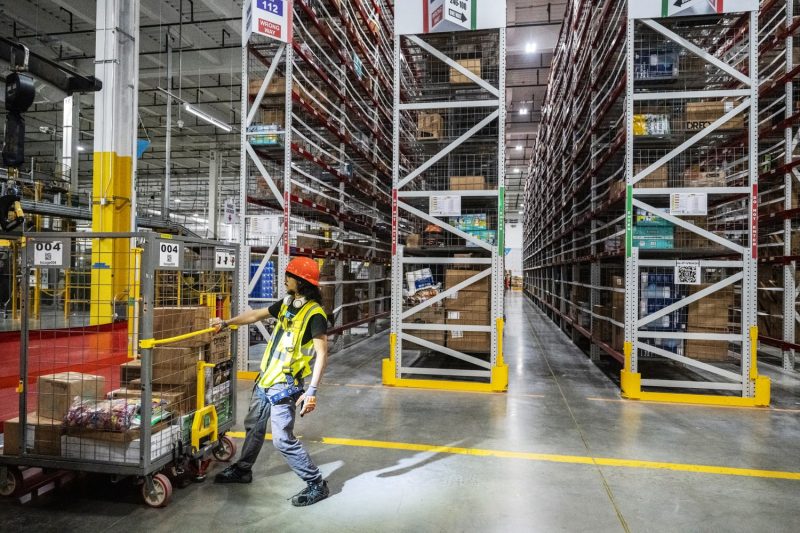
Unemployment Rises to 4.3% in the U.S. as Economy Shows Signs of Slowing Down
U.S. Unemployment Rate Ticks Up to 4.3% Amid Signs of Broader Economic Slowdown
The latest data from the U.S. Bureau of Labor Statistics has shown that the unemployment rate in the United States has ticked up to 4.3%, reflecting signs of a broader economic slowdown. This increase in the unemployment rate comes as a surprise to many analysts and policymakers who have been closely monitoring the health of the U.S. economy.
There are several factors contributing to the rise in the unemployment rate. One key factor is the ongoing trade tensions between the United States and its major trading partners, most notably China. The uncertainty surrounding trade policy has led to a decrease in business confidence and investment, resulting in layoffs and hiring freezes in some industries.
Another factor driving the uptick in unemployment is the shift towards automation and artificial intelligence in the workplace. As companies invest in new technologies to improve efficiency and productivity, they are also reducing their reliance on human labor. This trend has particularly impacted industries such as manufacturing and retail, where job losses have been most pronounced.
Furthermore, the recent inversion of the yield curve has raised concerns about a potential recession on the horizon. Historically, an inverted yield curve has been a reliable indicator of an impending economic downturn. This has led some companies to adopt a more cautious approach to hiring and expansion, resulting in higher unemployment rates.
The rise in unemployment is not limited to a particular demographic or region. Workers across different age groups and educational backgrounds have been affected, as well as various regions of the country. This broad-based increase in unemployment suggests that the economic slowdown is not a temporary blip but rather a more sustained trend.
Policymakers are closely monitoring the situation and considering potential interventions to mitigate the impact of rising unemployment. Measures such as targeted fiscal stimulus, retraining programs for displaced workers, and investment in infrastructure projects are among the options being considered to support job creation and economic growth.
In conclusion, the increase in the U.S. unemployment rate to 4.3% reflects a broader economic slowdown driven by trade tensions, technological advances, and recession fears. While the situation is concerning, policymakers have the opportunity to implement measures that can help stabilize the labor market and support the overall economy in the face of these challenges.
